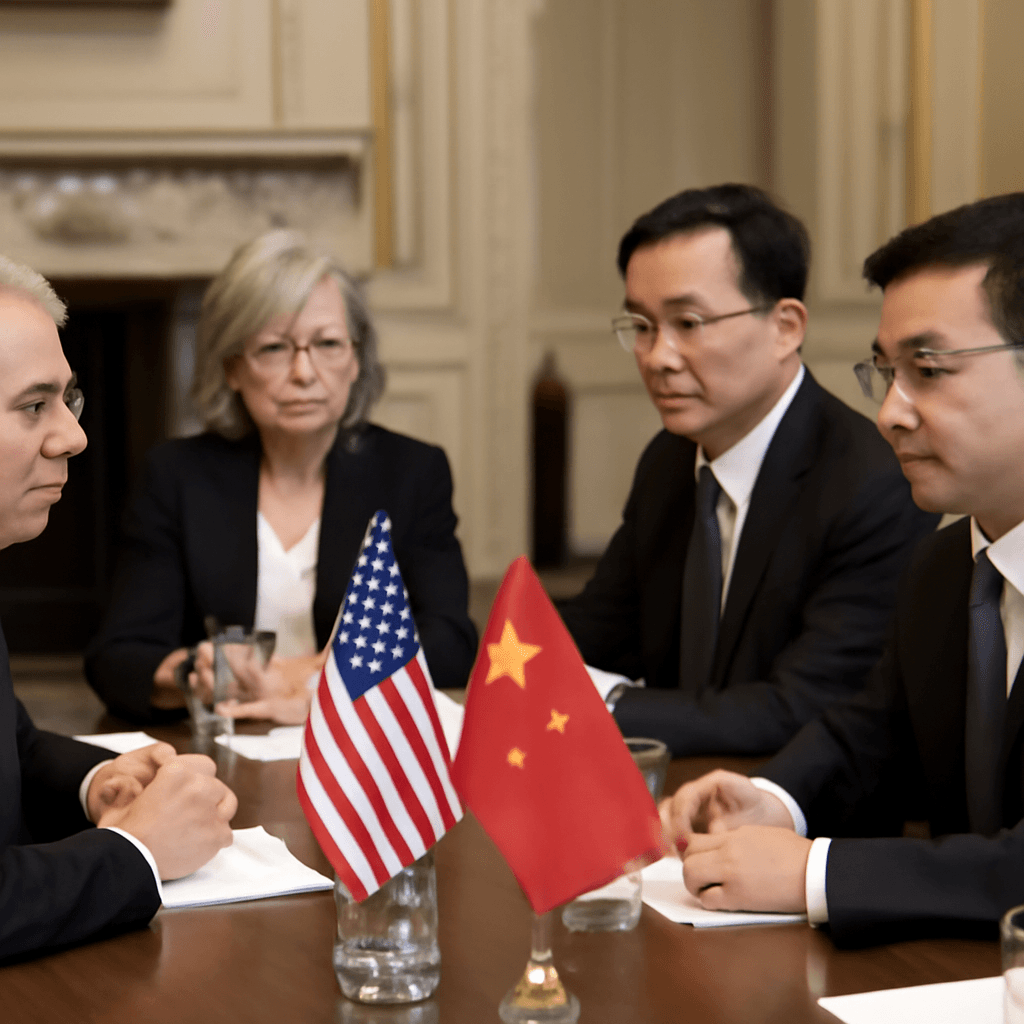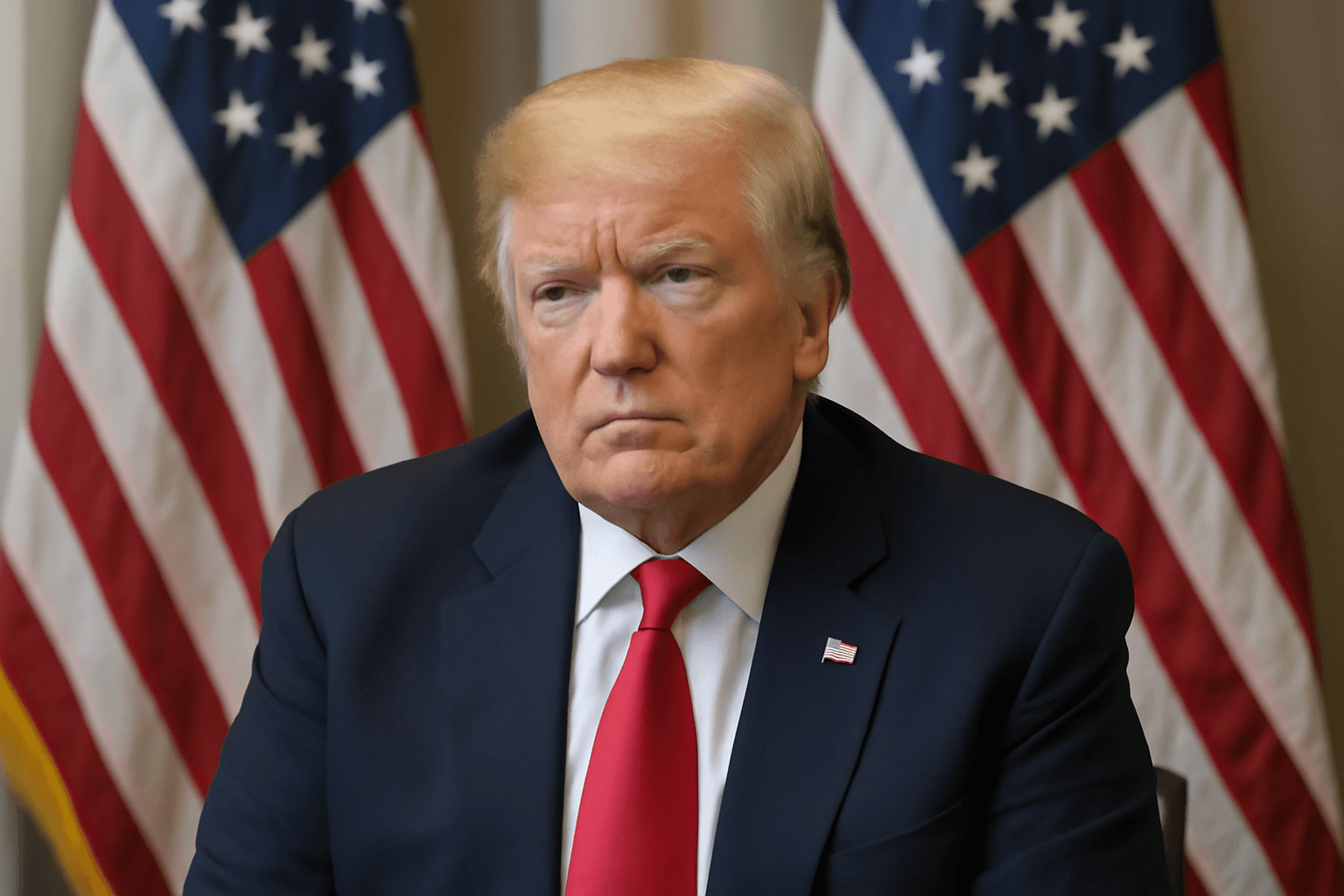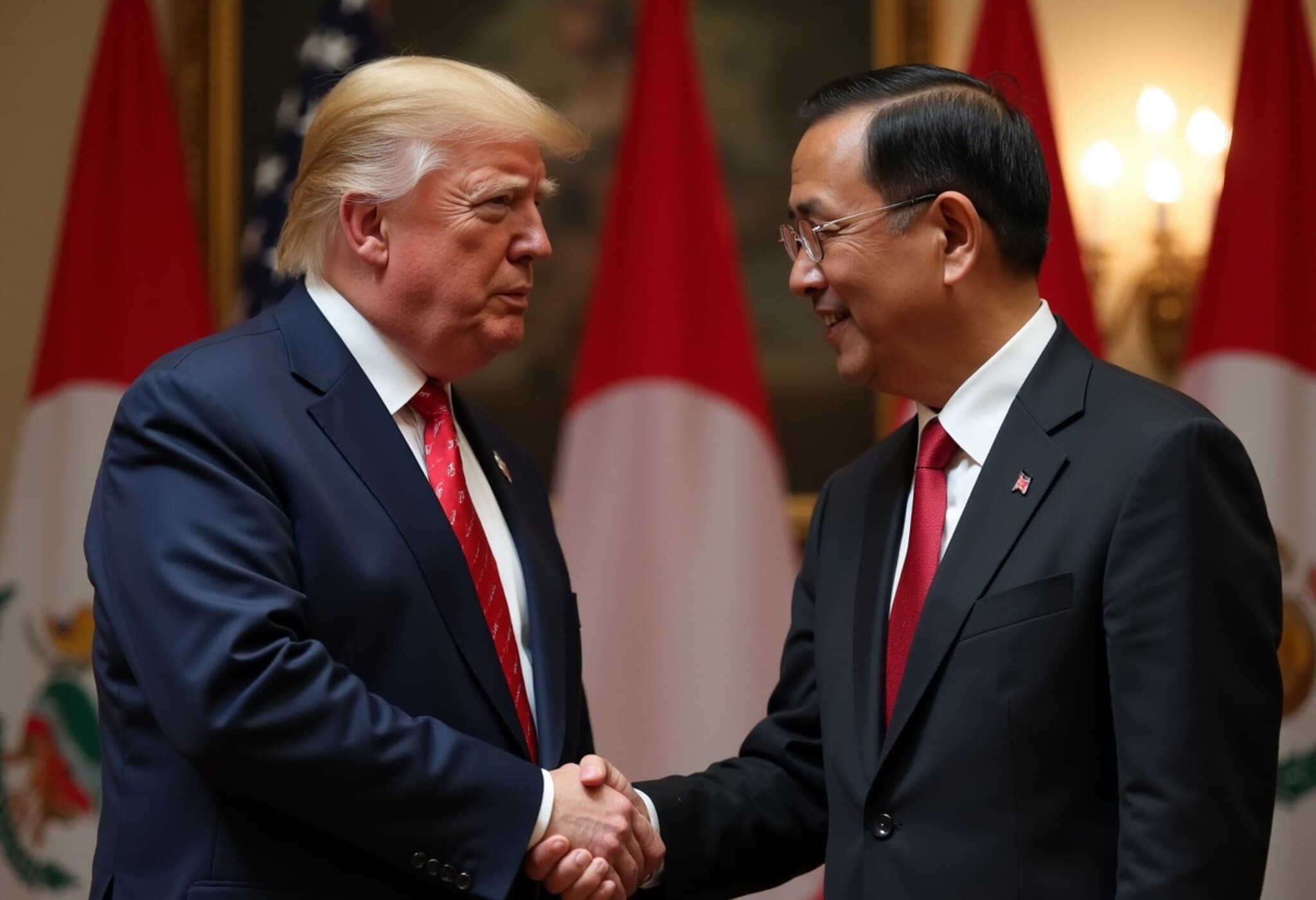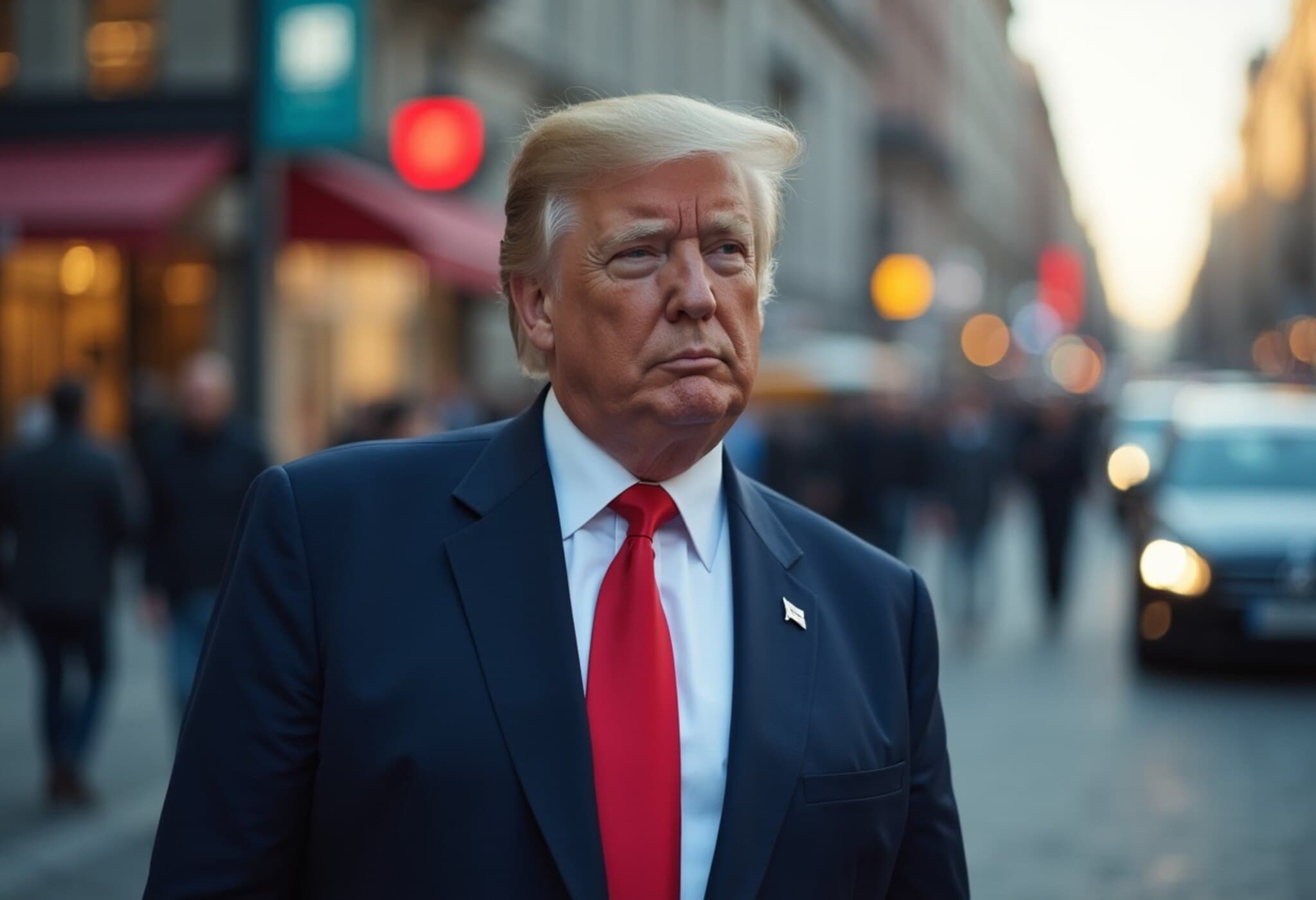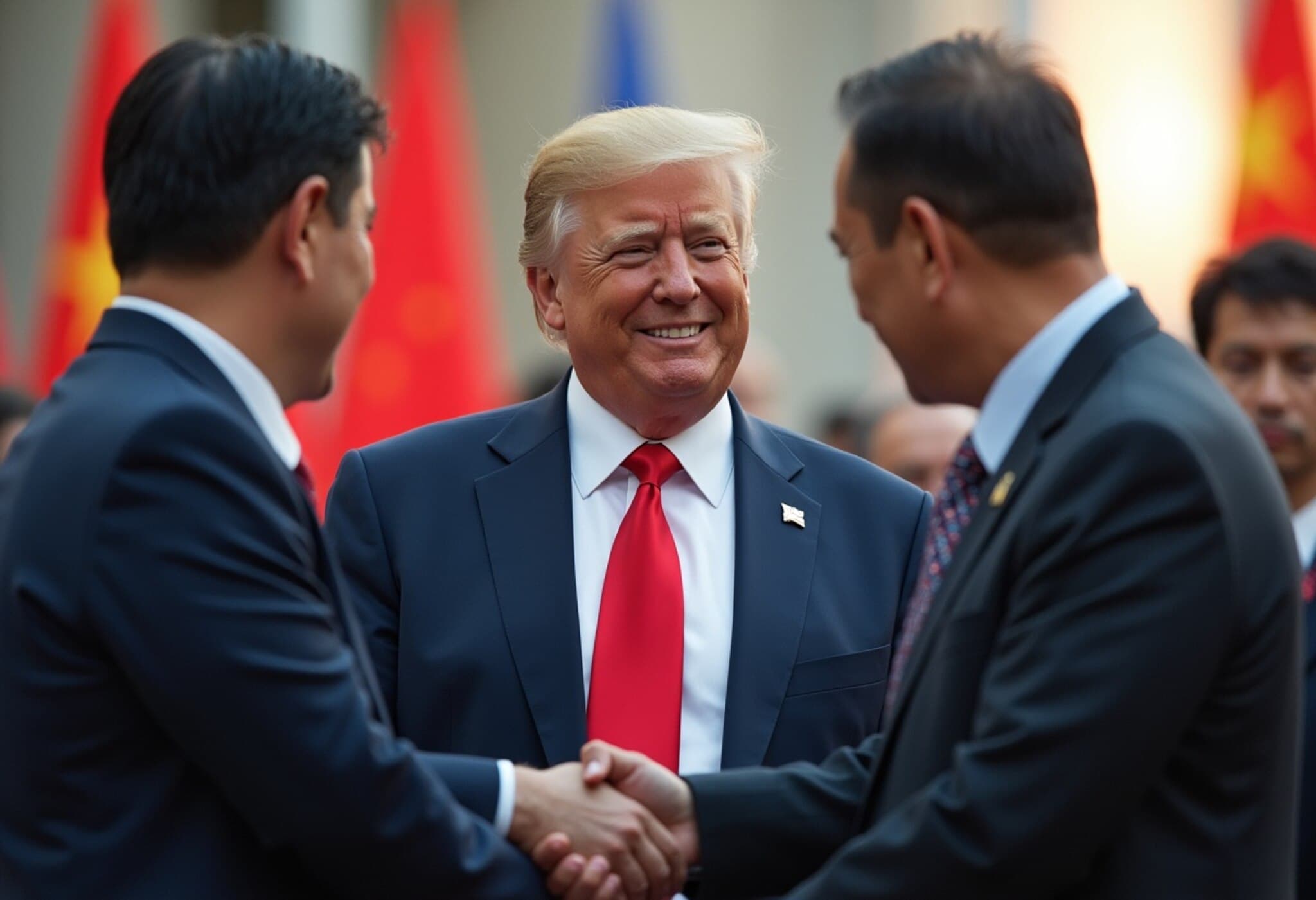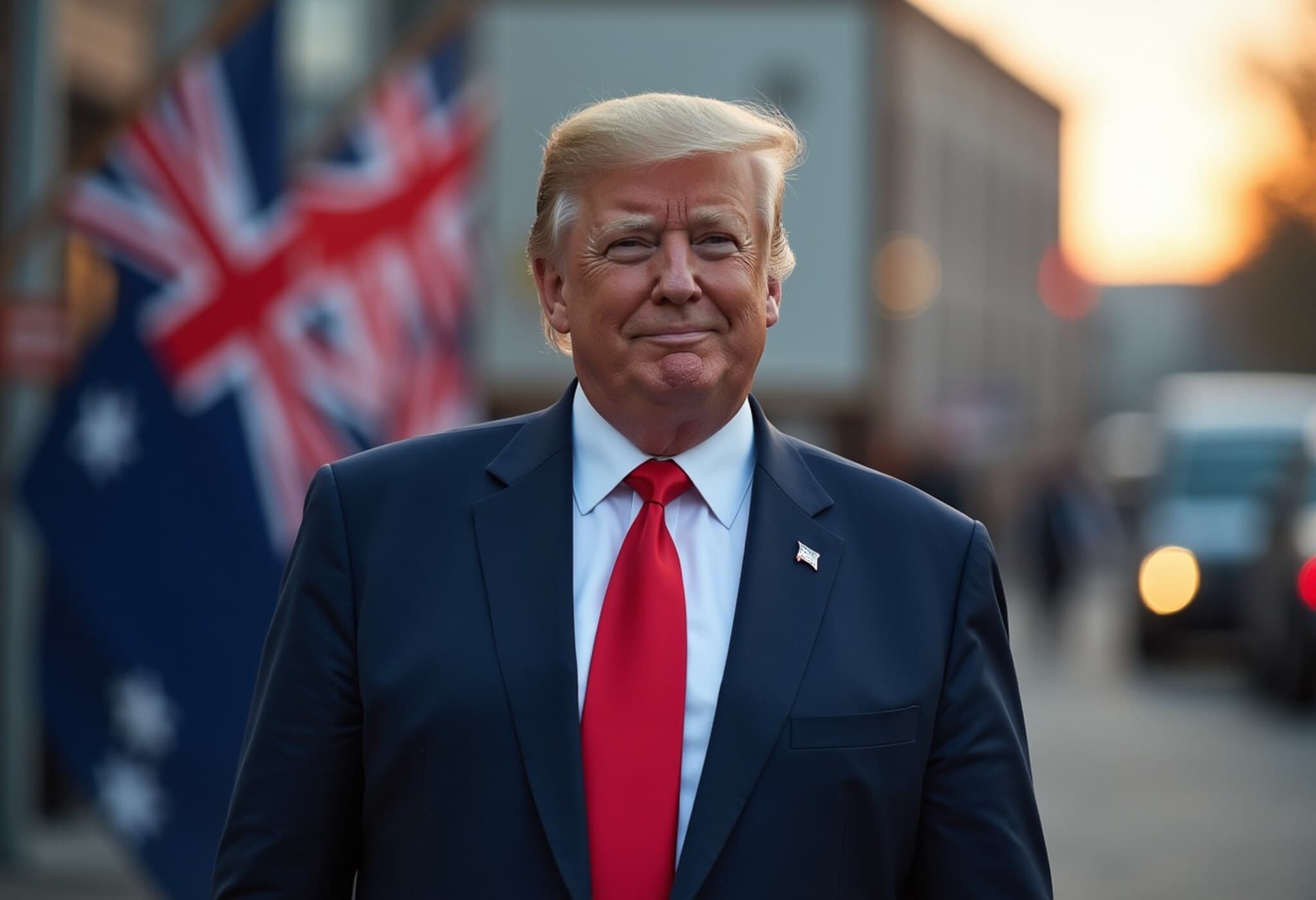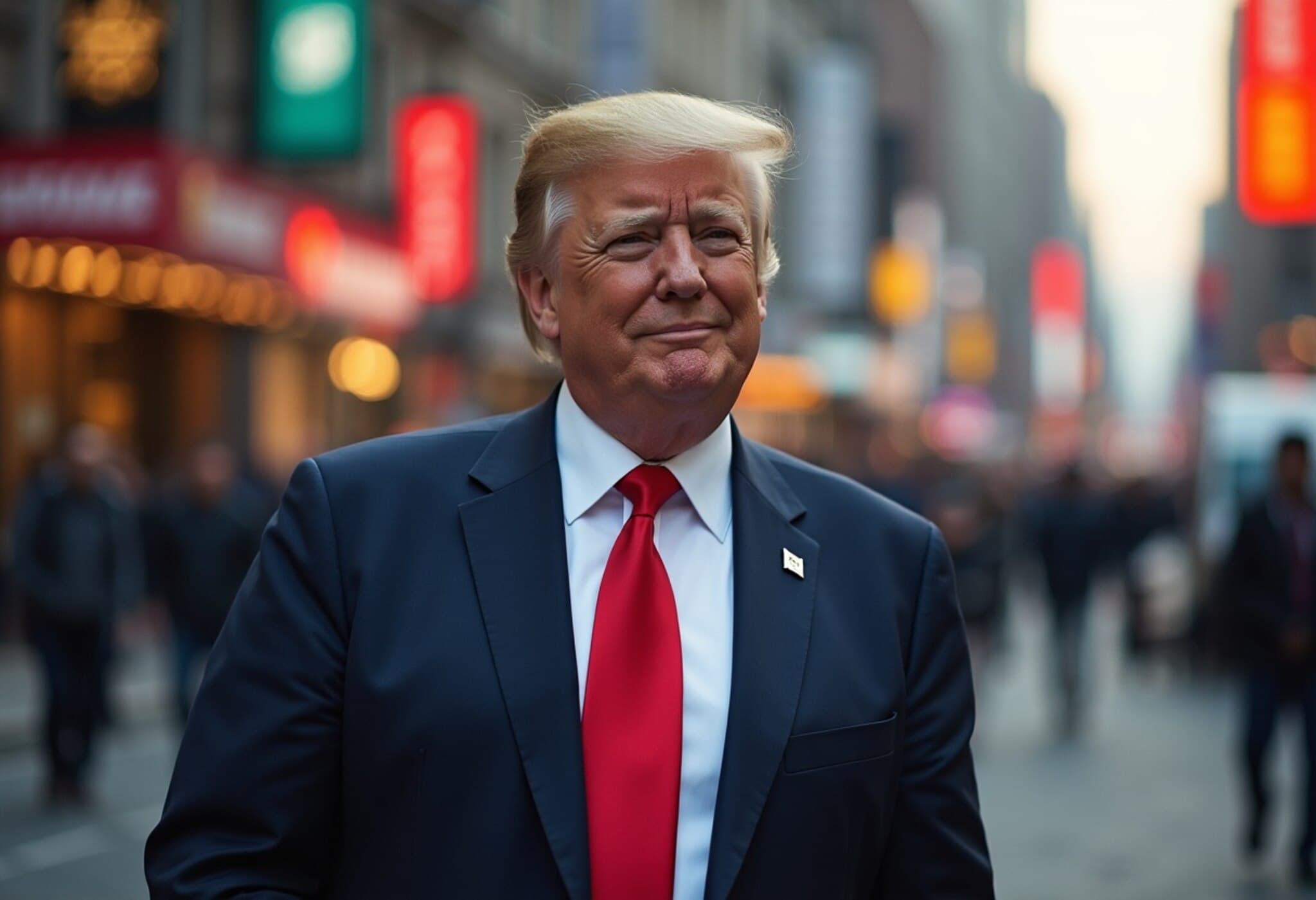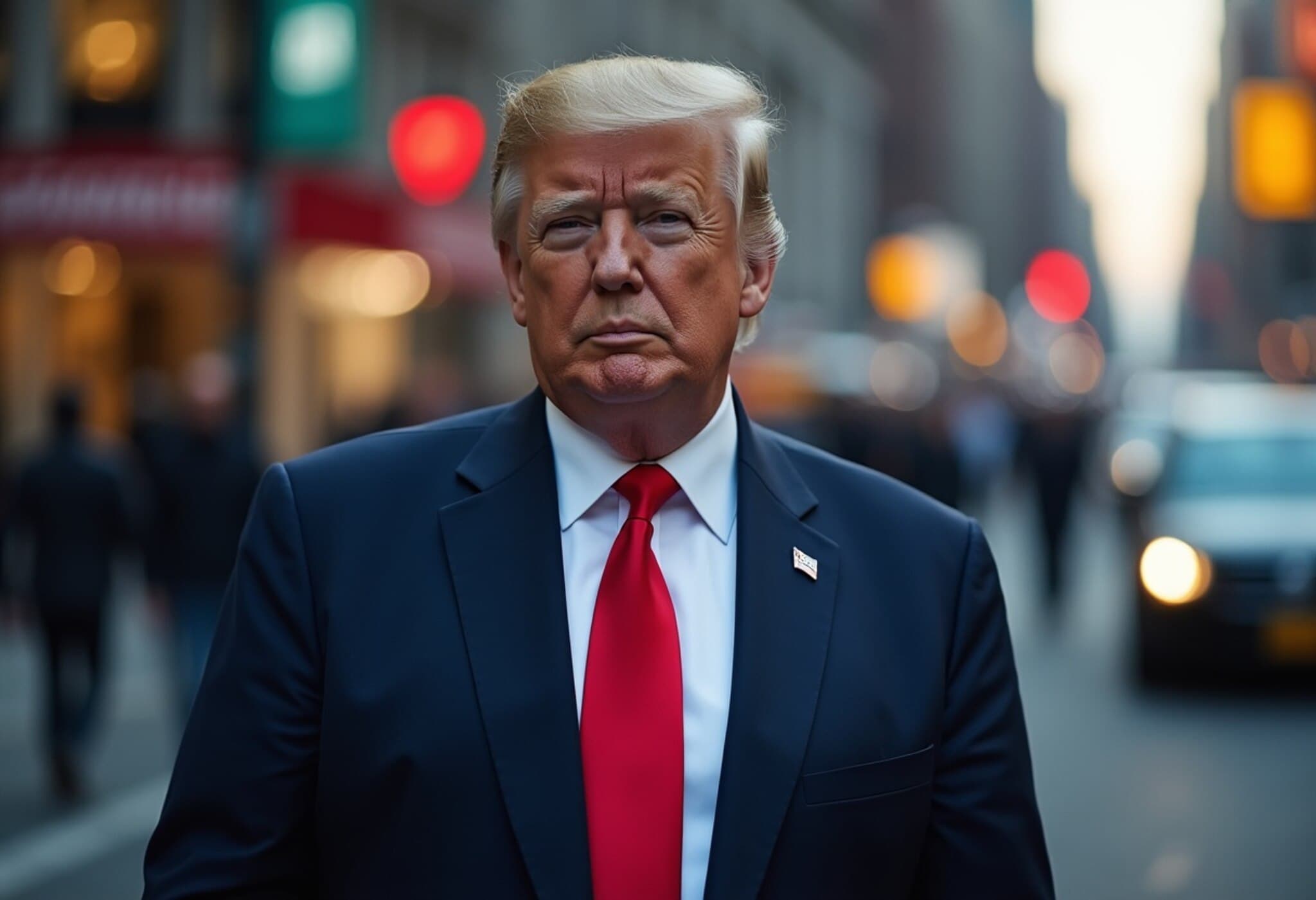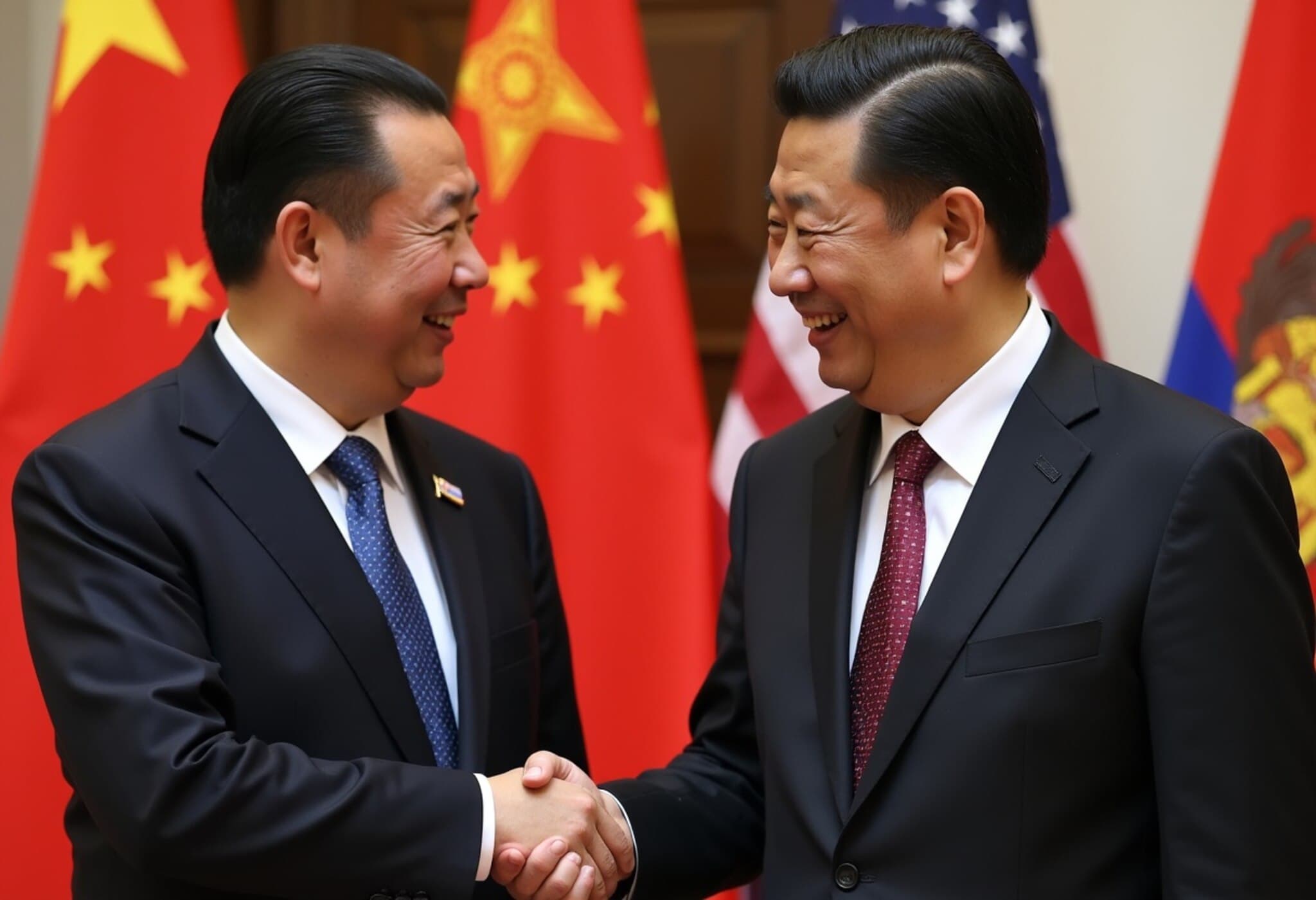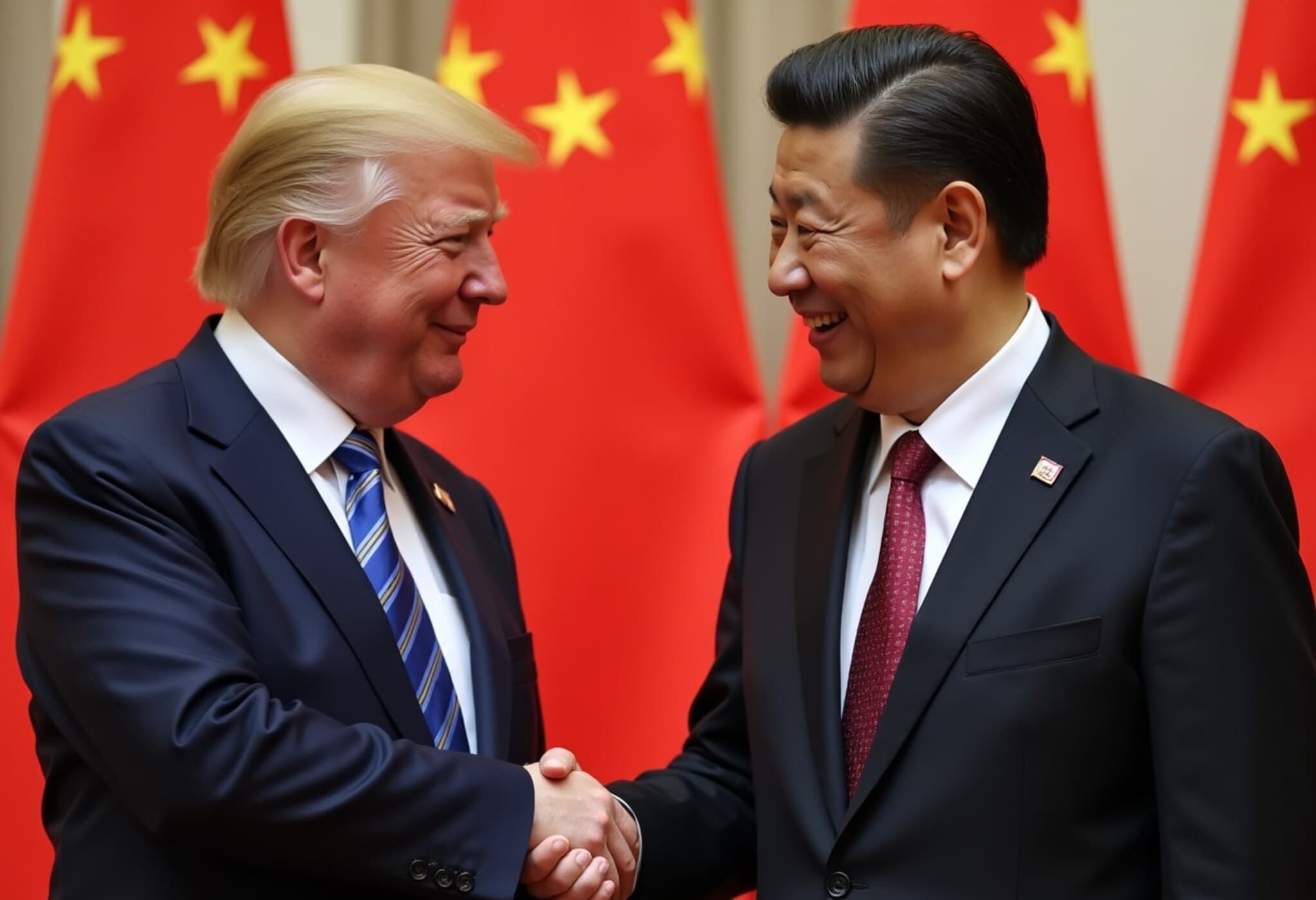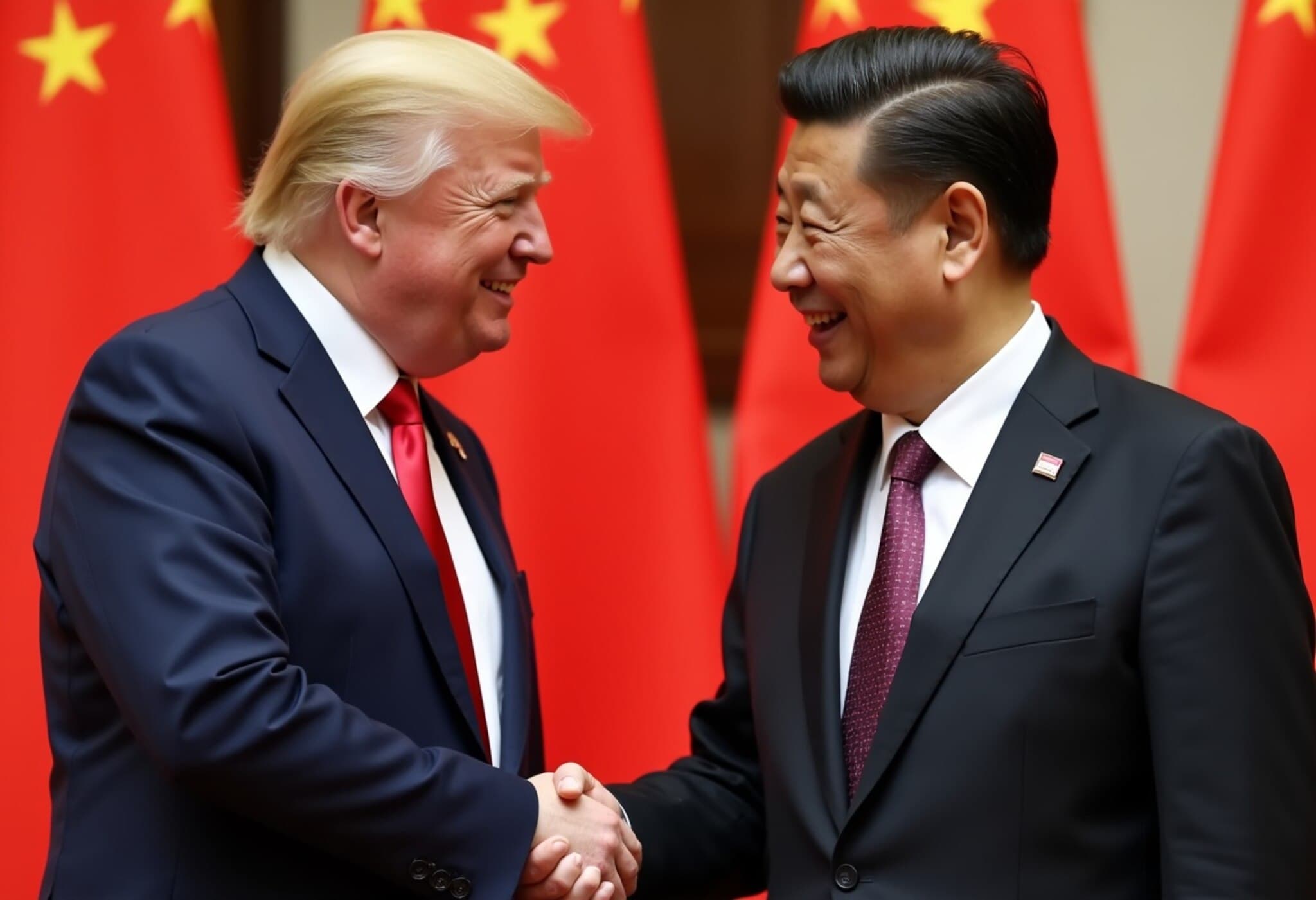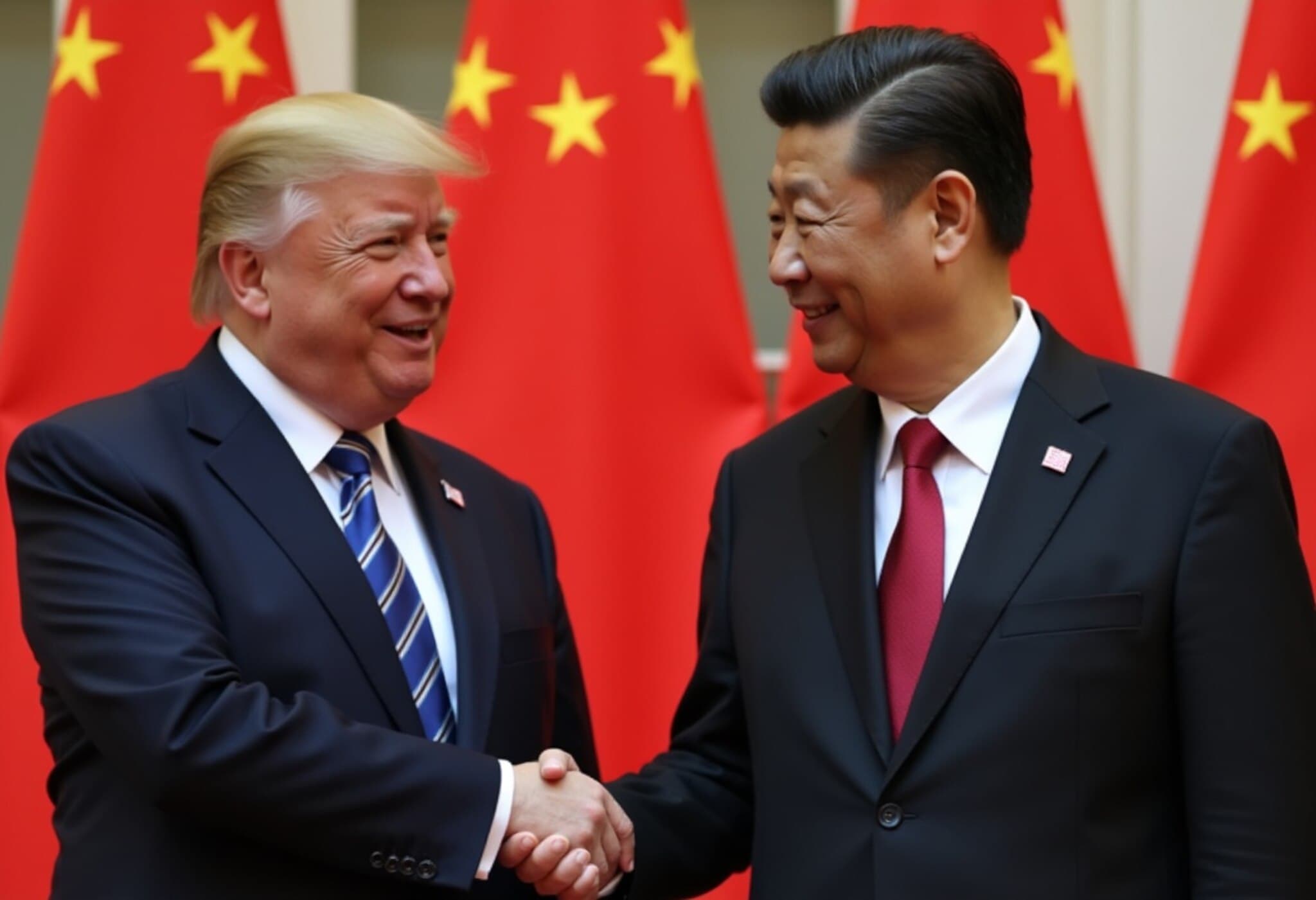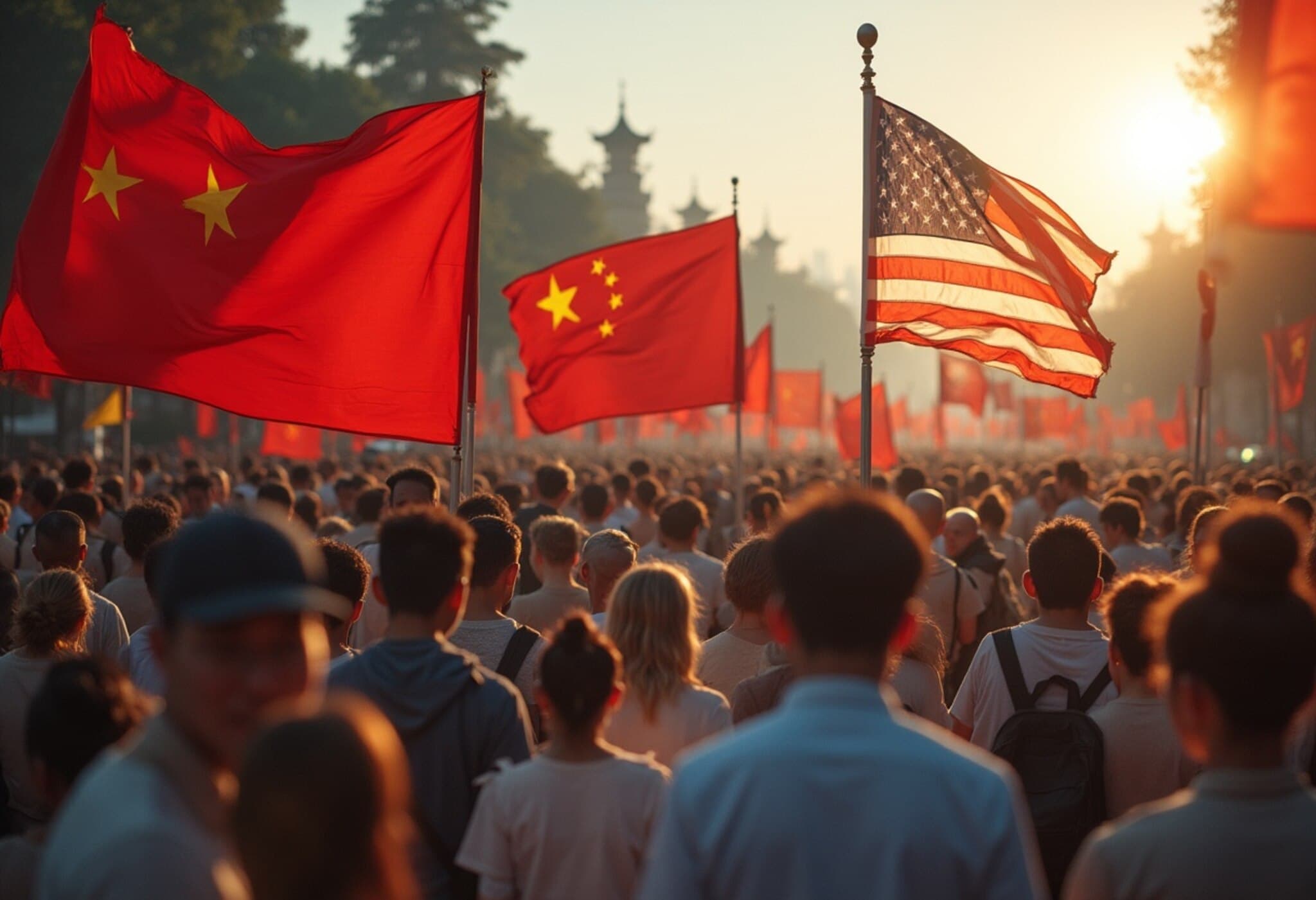Trump Calls for Surge in US Soybean Exports to China Amid Trade Talks
On August 11, 2025, former US President Donald Trump voiced strong hopes that China would significantly increase its soybean purchases from the United States, suggesting a fourfold rise. Trump emphasized that this move would help reduce China’s trade deficit with the US, framing it as a win-win for American farmers and bilateral trade relations alike.
Sharing his thoughts on Truth Social, Trump noted, "China is worried about its shortage of soybeans. Our great farmers produce the most robust soybeans. I hope China will quickly quadruple its soybean orders. This is also a way of substantially reducing China’s trade deficit with the US. Rapid service will be provided. Thank you President Xi.”
The Bigger Picture: Trade Talks and Agricultural Diplomacy
This statement comes amid delicate trade negotiations between Washington and Beijing, with a tariff truce due to expire on August 12, 2025. While the Trump administration hinted at a potential extension of this temporary agreement, underlying tensions persist, particularly over technology and semiconductor trade, where Beijing has increased pressure on Washington.
China dominates over 60% of global soybean imports, sourcing primarily from Brazil and the United States. Given that last year China imported about 105 million metric tons of soybeans—with nearly 75% from Brazil and about 25% from the US—quadrupling American exports would represent a dramatic realignment of this supply chain.
Market Response and Expert Analysis
The commodity markets reacted promptly: the most active soybean contract on the Chicago Board of Trade (CBOT) rose 2.13% to $10.08 a bushel shortly after Trump’s announcement. Still, industry experts regard such a steep increase as improbable. Johnny Xiang, founder of Beijing-based AgRadar Consulting, stated, "It’s highly unlikely that China would ever buy four times its usual volume of soybeans from the US.”
In practice, China has been diversifying its suppliers in recent years, progressively reducing reliance on US soybeans and favoring imports from South American producers, especially Brazil.
Trade Deal Realities: Phase One and Beyond
Under the Phase One trade deal signed during Trump’s first term, Beijing committed to expanding agricultural imports from the US, including soybeans. However, China fell significantly short of these promises, with ongoing friction and retaliatory tariffs limiting progress.
This year, the US soybean sector faces heightened uncertainty as China has yet to place any orders for the fourth quarter—a critical period aligning with the US harvest and export season. This void raises concern over market stability and the future direction of Sino-American agricultural trade.
Alternative Markets and Future Outlook
The US soybean industry has sought to identify alternative buyers, but none can match China’s immense consumption levels. With China importing over 22 million tons of soybeans from the US last year, and nearly 75 million tons from Brazil, shifting demand patterns could have profound impacts on US agriculture and global commodity flows.
Given the geopolitical stakes and the economic weight of agriculture in US-China relations, this issue goes beyond mere trade numbers—it touches on food security, supply chain resilience, and the broader dynamics of international diplomacy.
Editor’s Note
While President Trump’s aspiration to quadruple soybean sales to China sounds ambitious, the reality is far more complex. It raises pressing questions about the feasibility of such trade volumes amid escalating tensions and shifting global supply chains. Will agricultural diplomacy become a bridge or a battleground in US-China relations? And how will American farmers navigate an uncertain future shaped by international politics and market volatility? These are critical issues warranting close attention as trade talks progress.


